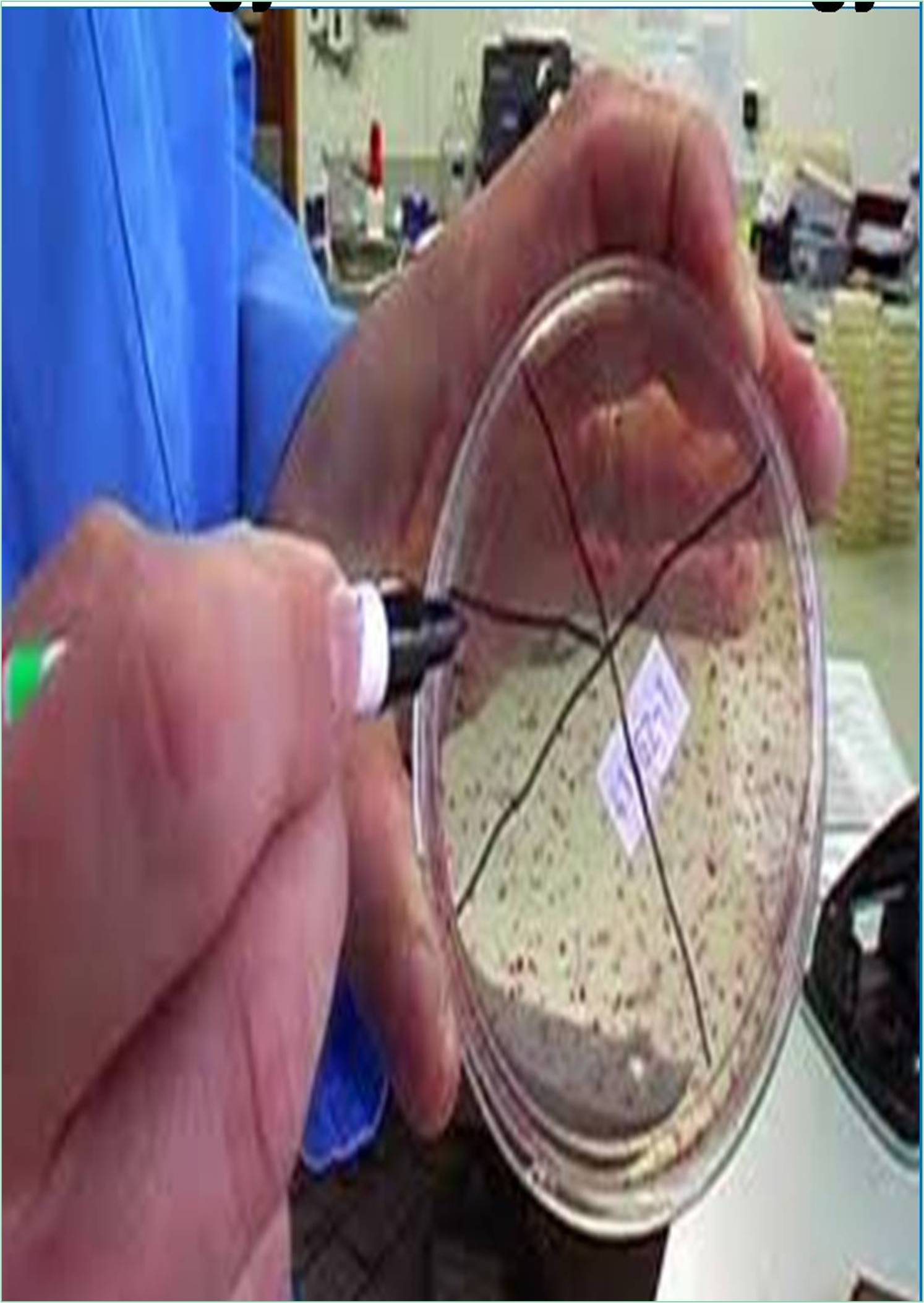



Received: 29-Nov-2022, Manuscript No. GJVI-22-82863; Editor assigned: 02-Dec-2022, Pre QC No. GJVI-22-82863 (PQ); Reviewed: 16-Dec-2022, QC No. GJVI-22-82863; Revised: 23-Dec-2022, Manuscript No. GJVI-22-82863 (R); Published: 30-Dec-2022, DOI: 10.15651/2229-3239.22.2.011
The alpha virus family includes the Venezuelan Equine Encephalitis (VEE) virus. They are indigenous to Central and South America and are mostly transmitted by mosquitoes. However, VEE has been used as a weapon in the past and has been discovered in Florida and other southern states on the continental United States' border with Mexico.
Venezuelan equine encephalitis is extremely contagious, with over 100% of those who are exposed getting sick. Fortunately, it has a low fatality rate, with most fatalities coming from problems with the central nervous system such seizures. However, diseases that develop naturally have a low death rate. Unknown is the percentage of fatalities in a bioterrorist attack.
After a few days to two weeks of incubation, clinical effects often start to manifest. Aerosol-acquired illnesses, however, may have a shorter incubation period (between 1 and 5 days). Fever, chills, headache, malaise, nausea, vomiting, stomach discomfort, myalgias, and sore throat are some of the initial symptoms. There may occasionally be photophobia or respiratory problems. It is unknown at this time whether patients of aerosol-acquired disease are more prone to experience respiratory symptoms. Human cases of aerosol-acquired disease are uncommon.
Physical examination during the prodromal period typically only indicates muscular soreness, conjunctival injection, or pharyngeal erythema. Viremia is at its highest during this stage of the illness and typically rises along with the fever. In the majority of patients, the viremia and symptoms start to subside within a few days, and the disease ends without any lasting effects. Improvement appears to be correlated with an increase in antibody titers against the offending virus in individuals who do not go on to develop encephalitis. Antibody titers may still increase to similar levels in those who do acquire neurologic sequelae.
In endemic locations, the diagnosis of Venezuelan equine encephalitis is typically made on the basis of clinical evidence. Viral antigen immunoassays and viral culture are examples of laboratory testing. Patients who have already fallen ill with the disease undergo serological testing (an examination for the presence of antibodies against VEE). It goes without saying that it will be challenging to make a clinical diagnosis of a specific patient with Venezuelan equine encephalitis. Therefore, the epidemiological pattern of a significant number of patients presenting with the illness will probably be used to make the diagnosis of Venezuelan equine encephalitis.
For the horse encephalitides or other alphavirus infections, there are no known therapies, and no antimicrobial drugs have yet been demonstrated to affect the clinical course. Instead, management focuses on providing intensive supportive care as well as identifying and addressing problems. Priority should be given to airway management above all other interventions, especially if patients exhibit severe mental state changes. Benzodiazepines or phenobarbital should be used to treat seizures in the regular dosages. Anticonvulsants shouldn't be administered as a preventative measure, though, as this could exacerbate the clinical outcome. Corticosteroids don't seem to be effective and could cause problems. Electrolytes and fluid levels should be regularly monitored and adjusted as appropriate.
There are efficient horse VEE virus vaccinations on the market. Source reduction, surveillance, biological control, chemical control, and public education about how to protect themselves with repellents and limit their outside activities at night are all part of the prevention and control of diseases carried by mosquitoes. Additionally, the majority of local and state governments run environmental surveillance programmes that check for arboviruses. These initiatives frequently involve mosquito capturing and testing in addition to serological testing of sentinel flocks of chickens to track disease frequency and virus transmission. These are typical methods for preventing the West Nile, Eastern, Western, and Saint Louis encephalitis viruses.